The team will handle everything for you. Simply get to Maun, switch off, and enjoy the magic of Botswana!
- Experience the thrill of a “doors off” Heli flight over the Okavango Delta. After a night out camping on an island in the Okavango, trace the previous day’s boat trip along the papyrus channels from the air.
- Camp out on a secluded island in the Okavango Delta. Cook dinner over an open fire and camp out under a vista of stars.
- Fish for Bream and Tiger Fish in the Okavango Delta and learn how to prepare and cook it over an open fire with one of our talented chefs. They will also teach you many other traditional cooking techniques as you go, such as baking bread over an open fire etc.
- Learn how to pole a Mokoro (traditional dug-out canoe).
- Visit Tsodilo Hills, another UNESCO world heritage site, and explore over 4,500 rock paintings dating back some 20,000 years.
- Experience an afternoon foraging with the bushmen in the Central Kalahari Game Reserve, before sitting down together for a bush dinner and an evening around the fire listening to incredible stories and songs.
- eBike safari in the CKGR. Leave camp mid morning and spend the day exploring the concession, stopping for a break and a bite to eat along the way.
- Learn how to track a chosen species on foot with a leading industry expert. We will contact you before your trip to discuss the different options.
- Spend some time with orphaned elephants learning how the handlers care for them and feed them. A great way to gain insight into this amazing charity.
Maun
Maun is the fifth-largest town in Botswana. As of 2011, it had a population of 55,784. Maun is the "tourism capital" of Botswana and the administrative centre of Ngamiland district. Francistown and Maun are linked by the A3 highway. It is also the headquarters of numerous safari and air-charter operations who run trips into the Okavango Delta.
Although officially still a village, Maun has developed rapidly from a rural frontier town and has spread along the Thamalakane River. It now has shopping centres, hotels and lodges as well as car hire, although it retains a rural atmosphere and local tribesmen continue to bring their cattle to Maun to sell. The community is distributed along the wide banks of the Thamalakane River where red lechwe can still be seen grazing next to local donkeys, goats and cattle.
History
The settlement was founded in 1915 as the tribal capital of the Batawana people, it has had a reputation as a hard-living 'Wild West' town helping the local cattle ranching and hunting operations. However, with the growth of the tourism industry and the completion of the tar road from Nata in the early 1990s, Maun has developed swiftly, losing much of its old town character. It is now home to over 55,000 people.
Maun is today a thriving tourist town, infamous for its infestation of donkeys and to a lesser extent goats. These animals can be seen standing around town as the local farmers arrive in the innumerable taxis to sell their wares on the curbside.
With the influx of tourism dollars, the typical traditional rondavels have been replaced by square, cinderblock homes roofed with tin and occasionally tiles. Mobile phone service in Maun is excellent out to about 20 to 25 kilometres (12 to 16 mi), depending on weather.
Maun is also becoming a regional transshipment hub for materials and tradespeople who service both the local camps and safari centres and the burgeoning mineral exploration camps in northwestern Botswana. There are a wide variety of services in stores as well as many local entrepreneurs with welding ventures operated from the back of a cart.
Tourists often fly into the Maun International Airport. Often, these tourists hire fully equipped 4x4 cars for camping and game viewing in the parks, or otherwise fly to several tourist camps in the Okavango Delta or the Makgadikgadi.
Climate
Maun has a hot semi-arid climate (Köppen climate classification BSh). On 7 January 2016, Maun recorded a temperature of 44.0 °C (111.2 °F), which is the highest temperature to have ever been recorded in Botswana.
Etymology and logistics
The name Maun is derived from the Seyei word 'maung', which translates 'the place of river reeds'. Before the arrival of Batawana Maun was a small Yei village. The village in 1915 became the capital for the Batawana people. The capital was transferred from Toteng after victory over Ndebele King Lobengula.
In a broader sense Maun is a gateway for exploring much of northern Botswana; for example it is the natural hub for visitors from outside the region to explore the Tsodilo Hills and the Makgadikgadi Pans. The Thamalakane River discharges to the Boteti River, whose seasonal high flow reaches the Makgadikgadi.
Commercial development
In 2011, Maun had branches of Barclays Bank, First National Bank Botswana, Stanbic Bank and Standard Chartered Bank with ATM facility. Maun has three main hotels; Sedia Riverside Hotel, Riley's Hotel and Maun Lodge. There are many other accommodations and campsites, oriented towards the safari business like Okavango River Lodge, Thamalakane Lodge, the old Bridge Backpackers and others.
Botswana
Botswana, officially the Republic of Botswana (Setswana: Lefatshe la Botswana, [lɪˈfatsʰɪ la bʊˈtswana]), is a landlocked country in Southern Africa. Botswana is topographically flat, with approximately 70 percent of its territory being the Kalahari Desert. It is bordered by South Africa to the south and southeast, Namibia to the west and north, and Zimbabwe to the northeast. It is connected by the Kazungula Bridge to Zambia, across the world's shortest border between two countries.
A country of slightly over 2.3 million people, Botswana is one of the most sparsely populated countries in the world. It is essentially the nation state of the Tswana, who make up 79% of the population. About 11.6 percent of the population lives in the capital and largest city, Gaborone. Formerly one of the world's poorest countries—with a GDP per capita of about US$70 per year in the late 1960s—it has since transformed itself into an upper-middle-income country, with one of the world's fastest-growing economies.
Modern-day humans first inhabited the country over 200,000 years ago. The Tswana ethnic group were descended mainly from Bantu-speaking tribes who migrated southward of Africa to modern Botswana around 600 AD, living in tribal enclaves as farmers and herders. In 1885, the British colonised the area and declared a protectorate under the name of Bechuanaland. As decolonisation occurred, Bechuanaland became an independent Commonwealth republic under its current name on 30 September 1966. Since then, it has been a representative republic, with a consistent record of uninterrupted democratic elections and the lowest perceived corruption ranking in Africa since at least 1998.
The economy is dominated by mining, cattle, and tourism. Botswana has a GDP (purchasing power parity) per capita of about $18,113 as of 2021, one of the highest in the subsaharan Africa. Botswana is the world's biggest diamond producing country. Its relatively high gross national income per capita (by some estimates the fourth-largest in Africa) gives the country a relatively high standard of living and the third-highest Human Development Index of continental Sub-Saharan Africa (after Gabon and South Africa). Botswana is the first African country to host Forbes 30 Under 30 and the 2017 Netball World Youth Cup.
Botswana is a member of the Southern African Customs Union, the Southern African Development Community, the Commonwealth of Nations, and the United Nations. The country has been adversely affected by the HIV/AIDS epidemic. In 2002, Botswana became the first country to offer anti-retroviral drugs (ARVs) to help combat the epidemic. Despite the launch of programs to make treatment available and to educate the populace about the epidemic, the number of people with AIDS rose from 290,000 in 2005 to 320,000 in 2013. As of 2014, Botswana had the third-highest prevalence rate for HIV/AIDS, with roughly 20% of the population infected. However, in recent years the country has made strides in combatting HIV/AIDS, with efforts being made to provide proper treatment and lower the rate of mother-to-child transmission.
Etymology
The country's name means "Land of the Tswana", referring to the dominant ethnic group in Botswana. The Constitution of Botswana recognizes a homogeneous Tswana state. The term Batswana was originally applied to the Tswana, which is still the case. However, it has also come to be used generally as a demonym for all citizens of Botswana.
History
Archaeological digs demonstrate that hominids lived in Botswana for around two million years. Stone tools and fauna remains have shown that all areas of the country were inhabited at least 400,000 years ago.
In October 2019, researchers reported that Botswana was the birthplace of all modern humans about 200,000 years ago. Evidence left by modern humans, such as cave paintings, is about 73,000 years old. The earliest known inhabitants of southern Africa are thought to have been the forebears of present-day San ("Bushmen") and Khoi peoples. Both groups speak click languages from the small Khoe-Kwadi, Kx’a and Tuu families whose members hunted, gathered, and traded over long distances. When cattle were first introduced about 2000 years ago into southern Africa, pastoralism became a major feature of the economy, since the region had large grasslands free of tsetse flies.
It is unclear when Bantu-speaking peoples first moved into the country from the north, although AD 600 seems to be a consensus estimate. In that era the ancestors of the modern-day Kalanga moved into what is now the north-eastern areas of the country. These proto-Kalanga were closely connected to states in Zimbabwe as well as to the Mapungubwe state and the notable of these was Domboshaba ruins, a cultural and heritage site in Botswana originally occupied towards the end of the Great Zimbabwe period (1250–1450 AD), with stone walls that have an average height of 1.8 metres. The site is a respected place for the people living in the region and it is believed that the chief lived on the top of the hill together with his helpers or assistants. These states, located outside of current Botswana's borders, appear to have kept massive herds of cattle in what is now the Central District—apparently at numbers approaching modern cattle density. This massive cattle-raising complex prospered until 1300 AD or so and seems to have regressed following the collapse of Mapungubwe. During this era the first Tswana-speaking groups, the Bakgalagadi, moved into the southern areas of the Kalahari. All these various peoples were connected to trade routes that ran via the Limpopo River to the Indian Ocean, and trade goods from Asia such as beads made their way to Botswana, most likely in exchange for ivory, gold and rhinoceros horn.
Toutswemogala Hill Iron Age Settlement's radio-carbon dates for this settlement range from 7th to late 19th century AD indicating occupation of more than one thousand years. The hill was part of the formation of early states in Southern Africa with cattle keeping as major source of economy. Toutswe settlement include house-floors, large heaps of vitrified cow-dung and burials while the outstanding structure is the stone wall. There are large tracts of centaurs ciliaris, a type of grass which has come to be associated with cattle-keeping settlements in South, Central Africa. Around 700 A.D., the Toutswe people moved westward into Botswana and began an agricultural and pastoral land tenure system based on sorghum and millet, and domesticated stock, respectively. The site was situated in the centre of a broader cultural area in Eastern Botswana and shares many commonalities with other archaeological sites of this region, in both ceramic production styles and also time frames inhabited. Large structures were observed that contained vitrified remains of animal dung, leading to the theory that these were animal enclosures and that Toutswemogala Hill was thus a major centre of animal husbandry in the region.
However, agriculture also played a vital role in the longevity of Toutswemogala Hill's extended occupation, as many grain storage structures have also been found on the site. Many different stratified layers of housing floors further signal continuous occupation over hundreds of years. The arrival of the ancestors of the Tswana-speakers who came to control the region has yet to be dated precisely. Members of the Bakwena, a chieftaincy under a legendary leader named Kgabo II, made their way into the southern Kalahari by AD 1500, at the latest, and his people drove the Bakgalagadi inhabitants west into the desert. Over the years, several offshoots of the Bakwena moved into adjoining territories. The Bangwaketse occupied areas to the west, while the Bangwato moved northeast into formerly Kalanga areas.[41] Not long afterwards, a Bangwato offshoot known as the Batawana migrated into the Okavango Delta, probably in the 1790s.
Effects of the Mfecane and Batswana-Boer Wars
The first written records relating to modern-day Botswana appear in 1824. What these records show is that the Bangwaketse had become the predominant power in the region. Under the rule of Makaba II, the Bangwaketse kept vast herds of cattle in well-protected desert areas, and used their military prowess to raid their neighbours. Other chiefdoms in the area, by this time, had capitals of 10,000 or so and were fairly prosperous. This equilibrium came to end during the Mfecane period, 1823–1843, when a succession of invading peoples from South Africa entered the country. Although the Bangwaketse were able to defeat the invading Bakololo in 1826, over time all the major chiefdoms in Botswana were attacked, weakened, and impoverished. The Bakololo and AmaNdebele raided repeatedly and took large numbers of cattle, women, and children from the Batswana—most of whom were driven into the desert or sanctuary areas such as hilltops and caves. Only after 1843, when the Amandebele moved into western Zimbabwe, did this threat subside.
During the 1840s and 1850s trade with Cape Colony-based merchants opened up and enabled the Batswana chiefdoms to rebuild. The Bakwena, Bangwaketse, Bangwato and Batawana cooperated to control the lucrative ivory trade and then used the proceeds to import horses and guns, which in turn enabled them to establish control over what is now Botswana. This process was largely complete by 1880, and thus the Bushmen, the Kalanga, the Bakgalagadi, and other current minorities were subjugated by the Batswana. The earliest known map of Botswana dates from 1849, drawn by David Livingstone.
Following the Great Trek, Afrikaners from the Cape Colony established themselves on the borders of Botswana in the Transvaal. In 1852 a coalition of Tswana chiefdoms led by Sechele I defeated Afrikaner incursions at the Battle of Dimawe and, after about eight years of intermittent tensions and hostilities, eventually came to a peace agreement in Potchefstroom in 1860. From that point on, the modern-day border between South Africa and Botswana was agreed on, and the Afrikaners and Batswana traded and worked together comparatively peacefully.
In 1884 Batawana, a northern based Tswana clan's cavalry under the command of Kgosi Moremi fought and defeated the Ndebele's invasion of northern Botswana at the Battle of Khutiyabasadi. This blow to the larger invading Ndebele force signalled the start of the collapse of the Ndebele Kingdom in Zimbabwe and helped galvanise Tswana speaking authority of the area now making part of northern Botswana.
Due to newly peaceful conditions, trade thrived between 1860 and 1880. Taking advantage of this were Christian missionaries. The Lutherans and the London Missionary Society both became established in the country by 1856. By 1880 every major village had a resident missionary, and their influence slowly became felt. Khama III (reigned 1875–1923) was the first of the Tswana chiefs to make Christianity a state religion and changed a great deal of Tswana customary law as a result. Christianity became the de facto official religion in all the chiefdoms by World War I.
Colonialism and the Bechuanaland Protectorate
During the Scramble for Africa the territory of Botswana was coveted by both the German Empire and Britain. During the Berlin Conference, Britain decided to annex Botswana in order to safeguard the Road to the North and thus connect the Cape Colony to its territories further north. It unilaterally annexed Tswana territories in January 1885 and then sent the Warren Expedition north to consolidate control over the area and convince the chiefs to accept British overrule. Despite their misgivings, they eventually acquiesced to this fait accompli.
In 1890 areas north of 22 degrees were added to the new Bechuanaland Protectorate. During the 1890s the new territory was divided into eight different reserves, with fairly small amounts of land being left as freehold for white settlers. During the early 1890s, the British government decided to hand over the Bechuanaland Protectorate to the British South Africa Company. This plan, which was well on its way to fruition despite the entreaties of Tswana leaders who toured England in protest, was eventually foiled by the failure of the Jameson Raid in January 1896.
When the Union of South Africa was formed in 1910 from the main British colonies in the region, the High Commission Territories—the Bechuanaland Protectorate, Basutoland (now Lesotho), and Swaziland (now Eswatini)—were not included, but provision was made for their later incorporation. However, the UK began to consult with their inhabitants as to their wishes. Although successive South African governments sought to have the territories transferred to their jurisdiction, the UK kept delaying; subsequently, it never occurred. The election of the Nationalist government in 1948, which instituted apartheid, and South Africa's withdrawal from the Commonwealth in 1961, ended any prospect of the UK or these territories agreeing to incorporation into South Africa.
An expansion of British central authority and the evolution of native government resulted in the 1920 establishment of two advisory councils to represent both Africans and Europeans. The African Council consisted of the eight heads of the Tswana tribes and some elected members. Proclamations in 1934 regulated tribal rule and powers. A European-African advisory council was formed in 1951, and the 1961 constitution established a consultative legislative council.
Independence
In June 1964, the United Kingdom accepted proposals for a democratic self-government in Botswana. An independence conference was held in London in February 1966. The seat of government was moved in 1965 from Mahikeng in South Africa, to the newly established Gaborone, which is located near Botswana's border with South Africa. Based on the 1965 constitution, the country held its first general elections under universal suffrage and gained independence on 30 September 1966. Seretse Khama, a leader in the independence movement and the legitimate claimant to the Ngwato chiefship, was elected as the first president, and subsequently re-elected twice.
Queen Elizabeth II, accompanied by Prince Philip, Duke of Edinburgh and her son Prince Andrew, Duke of York, arrived in Botswana during the fourth-leg tour of Africa on 25-27 July 1979. During their visit, they were greeted by tribal dancers and a 21-gun salute.
Khama died in office in 1980. The presidency passed to the sitting vice-president, Quett Masire, who was elected in his own right in 1984 and re-elected in 1989 and 1994. Masire retired from office in 1998. He was succeeded by Festus Mogae, who was elected in his own right in 1999 and re-elected in 2004. The presidency passed in 2008 to Ian Khama (son of the first president), who had been serving as Mogae's vice-president since resigning his position in 1998 as Commander of the Botswana Defence Force to take up this civilian role. On 1 April 2018 Mokgweetsi Eric Keabetswe Masisi was sworn in as the fifth president of Botswana, succeeding Ian Khama. He represents the Botswana Democratic Party, which has also won a majority in every parliamentary election since independence. All the previous presidents have also represented the same party.
A long-running dispute over the northern border with Namibia's Caprivi Strip was the subject of a ruling by the International Court of Justice in December 1999. It ruled that Kasikili Island belongs to Botswana.
In the 1970s, Botswana held a reputation of being one the world's principal producers of diamonds. This reputation has held into the modern day as Botswana's diamond mining industry is among the world's largest. Botswana's Jwaneng mine in particular is the world's richest.
Geography
At 581,730 km2 (224,607 sq mi) Botswana is the world's 48th-largest country. It is similar in size to Madagascar or France. It lies between latitudes 17° and 27° south, and longitudes 20° and 30° east.
Botswana is predominantly flat, tending towards gently rolling tableland. Botswana is dominated by the Kalahari Desert, which covers up to 70% of its land surface. The Okavango Delta, one of the world's largest inland river deltas, is in the north-west. The Makgadikgadi Pan, a large salt pan, lies in the north.
The Limpopo River Basin, the major landform of all of southern Africa, lies partly in Botswana, with the basins of its tributaries, the Notwane, Bonwapitse, Mahalapye, Lotsane, Motloutse and the Shashe, located in the eastern part of the country. The Notwane provides water to the capital through the Gaborone Dam. The Chobe River lies to the north, providing a boundary between Botswana and Namibia's Zambezi Region. The Chobe River meets with the Zambezi River at a place called Kazungula (meaning a small sausage tree, a point where Sebitwane and his Makololo tribe crossed the Zambezi into Zambia).
Biodiversity and conservation
Botswana has diverse areas of wildlife habitat. In addition to the delta and desert areas, there are grasslands and savannas, where blue wildebeest, antelopes, and other mammals and birds are found. Northern Botswana has one of the few remaining large populations of the endangered African wild dog. Chobe National Park, found in the Chobe District, has the world's largest concentration of African elephants. The park covers about 11,000 km2 (4,247 sq mi) and supports about 350 species of birds.
The Chobe National Park and Moremi Game Reserve (in the Okavango Delta) are major tourist destinations. Other reserves include the Central Kalahari Game Reserve located in the Kalahari Desert in Ghanzi District; Makgadikgadi Pans National Park and Nxai Pan National Park are in Central District in the Makgadikgadi Pan. Mashatu Game Reserve is privately owned, located at the confluence of the Shashe and Limpopo Rivers in eastern Botswana. The other privately owned reserve is Mokolodi Nature Reserve near Gaborone. There are also specialised sanctuaries like Khama Rhino Sanctuary (for rhinoceros) and Makgadikgadi Sanctuary (for flamingos). They are both located in Central District.
Botswana faces two major environmental problems, drought and desertification, which are heavily linked. Three-quarters of the country's human and animal populations depend on groundwater due to drought. Groundwater use through deep borehole drilling has somewhat eased the effects of drought. Surface water is scarce in Botswana and less than 5% of the agriculture in the country is sustainable by rainfall. In the remaining 95% of the country, raising livestock is the primary source of rural income. Approximately 71% of the country's land is used for communal grazing, which has been a major cause of the desertification and the accelerating soil erosion of the country.
Since raising livestock has been profitable for the people of Botswana, they continue to exploit the land with dramatically increasing numbers of animals. From 1966 to 1991, the livestock population grew from 1.7 million to 5.5 million. Similarly, the human population has increased from 574,000 in 1971 to 1.5 million in 1995, a 161% increase in 24 years. Over 50% of all households in Botswana own cattle, which is currently the largest single source of rural income. Rangeland degradation or desertification is regarded as the reduction in land productivity as a result of overstocking and overgrazing, or as a result of veld product gathering for commercial use. Degradation is exacerbated by the effects of drought and climate change.
Environmentalists report that the Okavango Delta is drying up due to the increased grazing of livestock. The Okavango Delta is one of the major semi-forested wetlands in Botswana and one of the largest inland deltas in the world; it is a crucial ecosystem to the survival of many animals.
The Department of Forestry and Range Resources has already begun to implement a project to reintroduce indigenous vegetation into communities in Kgalagadi South, Kweneng North and Boteti. Reintroduction of indigenous vegetation will help reduce the degradation of the land. The United States Government has also entered into an agreement with Botswana, giving them US$7 million to reduce Botswana's debt by US$8.3 million. The stipulation of the US reducing Botswana's debt is that Botswana will focus on more extensive conservation of the land.The country had a 2018 Forest Landscape Integrity Index mean score of 9.13/10, ranking it 8th globally out of 172 countries.
The United Nations Development Programme claims that poverty is a major problem behind the overexploitation of resources, including land, in Botswana. To help change this the UNDP joined in with a project started in the southern community of Struizendam in Botswana. The purpose of the project is to draw from "indigenous knowledge and traditional land management systems". The leaders of this movement are supposed to be the people in the community, to draw them in, in turn increasing their possibilities to earn an income and thus decreasing poverty. The UNDP also stated that the government has to effectively implement policies to allow people to manage their own local resources and are giving the government information to help with policy development.








































































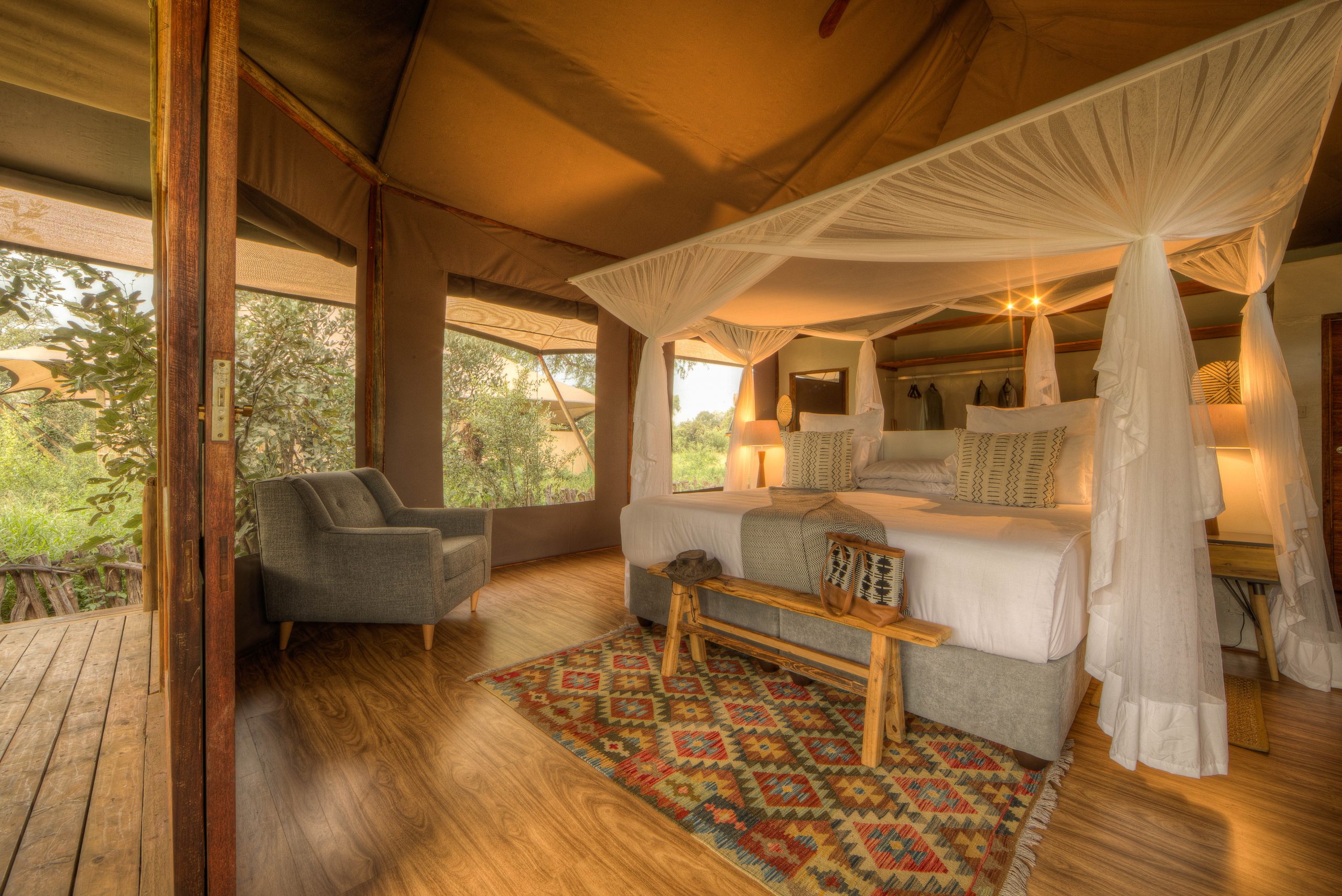



 Name: BondExcel
Name: BondExcel 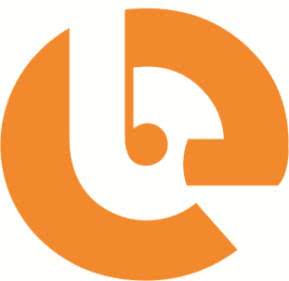 Name: Businessentials For Hospitality
Name: Businessentials For Hospitality  Name: Capital Efficiency Group
Name: Capital Efficiency Group  Name: D E I R D R E R E N N I E R S Interior Design
Name: D E I R D R E R E N N I E R S Interior Design 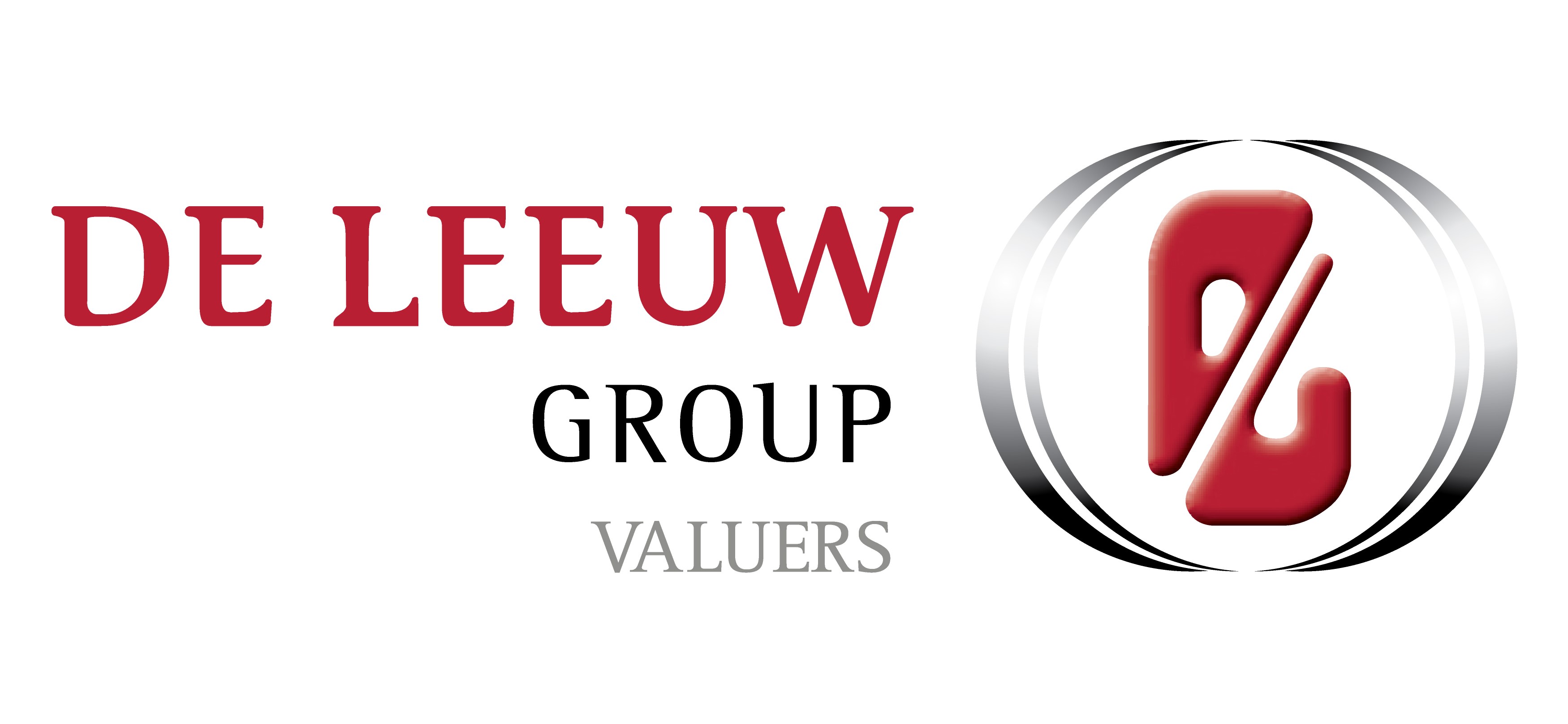 Name: De Leeuw Valuers Cape Town
Name: De Leeuw Valuers Cape Town 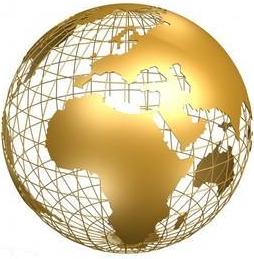 Name: E C Mobility
Name: E C Mobility  Name: Edward Tokolo Kasete
Name: Edward Tokolo Kasete  Name: Electrolux Professional
Name: Electrolux Professional  Name: Exquisite Hotel Consultants' Hospitality Training Department
Name: Exquisite Hotel Consultants' Hospitality Training Department  Name: FVE Interiors
Name: FVE Interiors 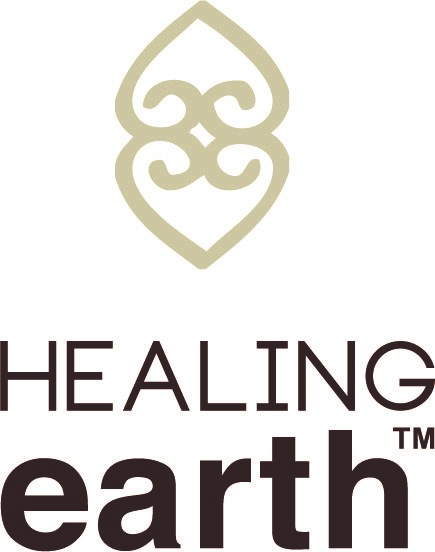 Name: Healing Earth
Name: Healing Earth  Name: Hospro
Name: Hospro  Name: Hotel Revenue Management
Name: Hotel Revenue Management  Name: Indigo Real Estate Agency
Name: Indigo Real Estate Agency 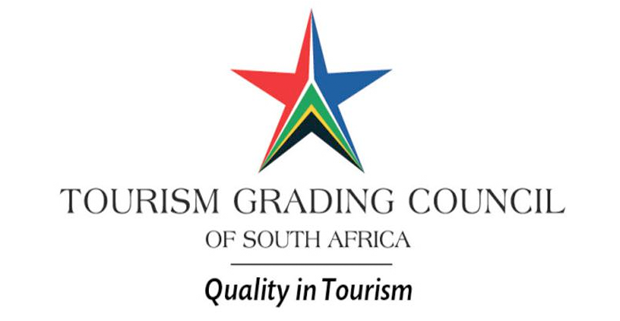 Name: Lisa Dunn - Tourism Grading Assessor
Name: Lisa Dunn - Tourism Grading Assessor  Name: Ooba (Pty) Ltd
Name: Ooba (Pty) Ltd  Name: SK Sambu Tours & Transfers
Name: SK Sambu Tours & Transfers  Name: Soul Private Collection
Name: Soul Private Collection  Name: The Dumb Butler Hospitality Suppliers
Name: The Dumb Butler Hospitality Suppliers  Name: The High Street Auction Company
Name: The High Street Auction Company  Name: Touch Point Retail
Name: Touch Point Retail